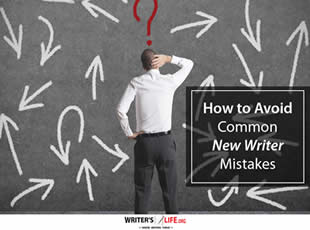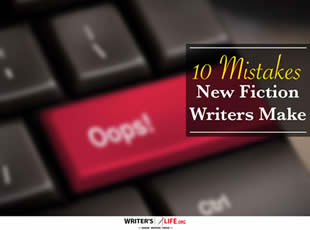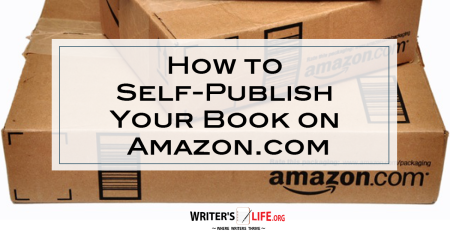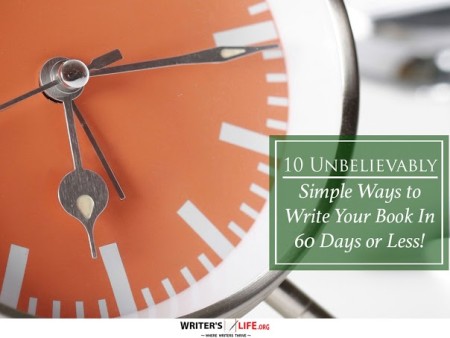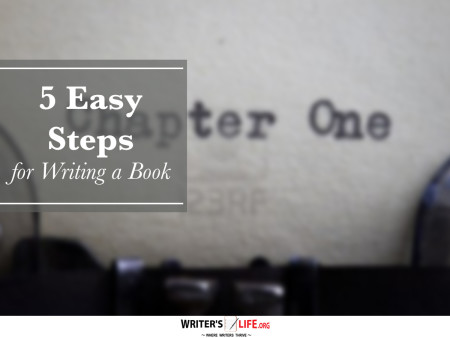- How To Tackle Jealousy In Creative Writing
- Common Submission Mistakes
- How To Stop Your Blog Becoming Boring
- The One Thing Every Successful Writer Has In Common
- How To Make Yourself Aware Of Publishing Scams
- Why Almost ALL Writers Make These Grammar Mistakes At Some Point
- 5 Tips For Authors On How To Deal With Rejection
- Top Mistakes to Avoid When Writing a Novel
- How to Avoid Common New Writer Mistakes
- 10 Mistakes New Fiction Writers Make
10 Low-Ticket Offers That Lead to High-Ticket Sales

Low-ticket offers are the secret sauce in many successful sales funnels, driving curiosity and trust which pave the way to high-ticket sales. When it comes to selling high-priced items or services, starting small can yield big results. But how do these offers work their magic, and which ones should you be focusing on? In this post, we'll explore 10 effective low-ticket strategies that can ultimately lead to lucrative high-ticket sales.
Using Low-Ticket Strategies to Build Trust
Building trust with your audience is essential for converting low-ticket offers into bigger sales. These offers act as a 'foot-in-the-door', allowing potential customers to test the waters without committing to a costly purchase. By providing value through small but impactful products, you’re beginning to establish a relationship based on credibility and quality.
Imagine you're at a restaurant and contemplating a new dish. Wouldn't you appreciate a sample first? That's exactly what these low-cost offers do—they give a taste of what's to come. By delivering value, they build confidence and set the stage for upselling high-ticket items.
Want to promote your book after it’s published? Check out our Book Marketing Articles for ideas.
Profitable Low-Ticket Deals That Engage Buyers
Engaging your buyers with profitable low-ticket deals calls for creativity. Consider these tactics not just as transactions, but as opportunities to delight and inform your audience. Take digital downloads, for instance. They’re cost-effective for you to produce and offer immense value to buyers who want immediate solutions or interesting content.
Think about informative eBooks, quick reference guides, or even specialized templates. According to Wikipedia, offering content that resonates with the user's interests enhances engagement and potential conversion into future sales. Additionally, webinars can serve as interactive platforms that provide both value and a sense of community while discreetly planting the seeds for high-ticket sales.
Boost Sales with Offers There's No Refusing
Sales boosting offers can be laid out through the irresistible concept of bundling. By grouping small items into packages, you increase perceived value while incentivizing purchases. Imagine a writer offering a writing toolkit bundle consisting of an eBook, a checklist, and a mini-course in creative writing. Such loads deliver comprehensive value and prepare clients for an upsell.
Furthermore, time-limited offers can be a game-changer. When buyers feel the pinch of time, they’re more likely to jump on a deal. Limited-time discounts or access to exclusive content adds urgency, prompting quicker decision-making which can lead to future endeavors into higher-ticket territory.
Smart Offer Techniques to Transition to High Sales
Transitioning from low to high sales can often seem like a daunting task, but smart offer techniques can smooth the journey. One effective method is a 'tripwire offer'—a low-priced item that naturally leads into the purchase of a higher-ticket item. For instance, an inexpensive masterclass could be a precursor to a full-fledged comprehensive coaching program.
Another solid tactic is the use of a value ladder, where you progressively increase the offer’s value and cost with each level. Each purchase leads seamlessly into the next offer, cultivating a customer base ready and primed for top-tier products and services. It’s about creating sequences that not only make sense but also add consistent value to the customer experience.
Low to High Sales Guide for Crafting Offers
When crafting your offers as part of a low to high sales guide, it's important to understand your audience. What are their pain points, desires, and expectations? By addressing these, you can tailor your low-ticket offers in a way that naturally leads to interest in higher-ticket ones.
Testing and iteration also play pivotal roles. Begin with beta offerings to gauge interest and gather feedback. Use what you learn to refine your approach, ensuring that by the time you roll out full-fledged offers, they’re finely tuned to drive curiosity and conversion.
Frequently Asked Questions About Low-Ticket Offers
Q: What are low-ticket offers?
A: Low-ticket offers are lower-priced items sold by a business. They are often used to attract new customers and provide value without a large financial commitment.
Q: How do low-ticket offers lead to high-ticket sales?
A: They establish trust and showcase the value provided by a business, making it easier for customers to transition to more expensive offerings once they've had a positive initial experience.
Q: Are low-ticket offers suitable for all businesses?
A: While they can be beneficial for many businesses, they work best when the business model supports a variety of price points and offerings.
If you're serious about growing your author career, don't miss out on these free tools and templates built specifically for writers. Access all 7 free resources here.



















